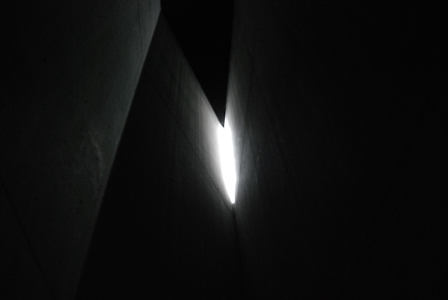LILI SZABO
Architect
 |
|---|
 |
 |
 |
 |
 |
 |
 |
 |
The villa, landscapes amplifier
Master Research Thesis 2019
Direction : Jean-Marc Chancel
This thesis is an analysis of Italian villas of the XVIth and the XVIIth century with the hypothesis that the villa is a landscapes amplifier. The villa as a landscapes amplifier is an understanding of the villa as an active element in the territories, simultaneously constituted on these, transforming and transcending them. Physical, imaginary, represented, temporal or architectural territories are approached through architectural, conceptual and artistic figures present in the Italian villas of the Renaissance and Baroque. This thesis is trying to understand the intellectual program of the villa and its relationship with the world.
 |
|---|
 |
 |
 |
 |
 |
 |
 |
 |
When the artists make architecture
Conceptual, circumstantial differences and ambiguity
Bachelor Thesis 2015
Direction : Yvann Pluskwa - Florence Sarano
The relation between art and architecture in the contemporary culture is constituted of relentless backs and forths. This thesis presents ways in which the artists have been interested in architecture throught history.
How contemporary art have a special importance in this history ? How this relation passed from a contemplation, a representation to an invasion of all aspects of architecture ?
It explores architectural projects made by artists and shows the common characteristics. It brings to light the presence of emotional spaces. It also shows circumstancial differences that encompass most of the time an artist's project (patronage, personal creation, carte blanche form the customer, release from dogmas of architecture formation ...)
Showing architectural projects of artists and architects, but also art works, this memory tries to show what makes art in architecture and inversely. It explores the definition of architect and artist, what reconcile, take away, confund, corrupt.
 |
|---|
 |
 |
 |
 |
 |
 |
The Arsenal of Venice
A structural, architectural and industrial history
Research Seminar S7 2016
Direction : Jérôme Apack - Kristell Filotico
The Arsenal of Venice has been, during centuries, the centre of innovation and production of the venetian naval technology. The architecture of its complex has made evolve its structure, throught the history of the evolution of the naval and architectural techniques.
During the XIXth century, it suffers a fatal crisis and loses most of his industrial function. Currently, the Arsenal is showing its resilience, out of the frame of industrial production.
This work performs an interpretation of the Arsenal's structures of different times in their complex contexts. Between history, politic, industry, lagoon and patrimony, it is a kaleidoscope of architectural and technical answers that is presented to us.